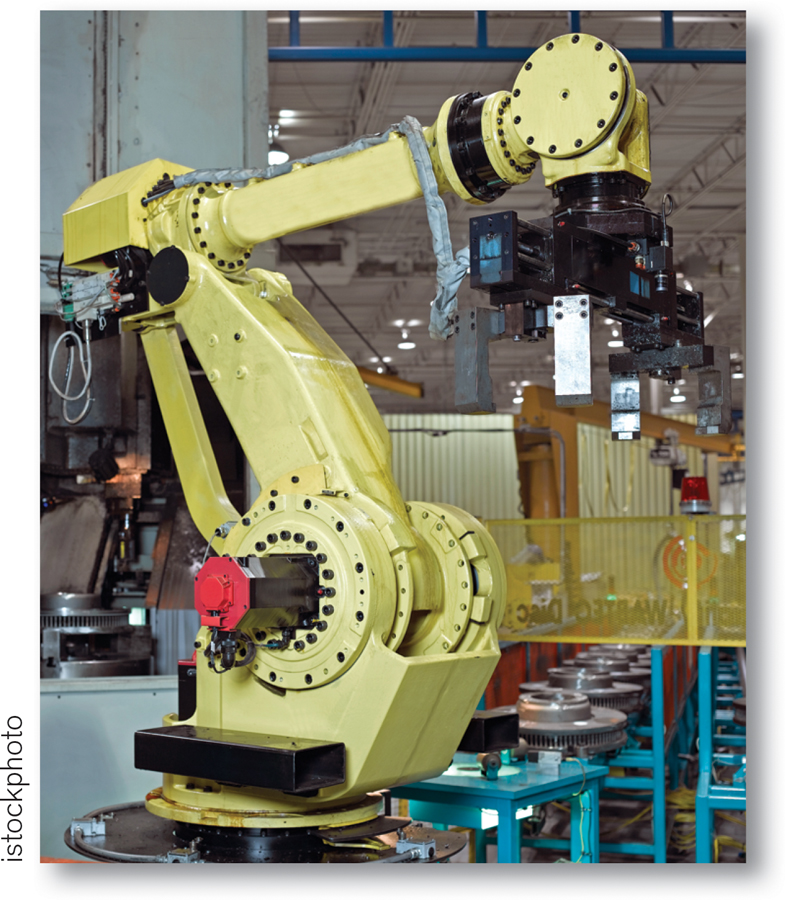Changing Fixed Cost
Although fixed cost cannot be altered in the short run, in the long run firms can acquire or get rid of machines, buildings, and so on. As we learned in Chapter 11, in the long run the level of fixed cost is a matter of choice. There we saw that a firm will choose the level of fixed cost that minimizes the average total cost for its desired output quantity. Now we will focus on an even bigger question facing a firm when choosing its fixed cost: whether to incur any fixed cost at all by remaining in its current business.
In the long run, a producer can always eliminate fixed cost by selling off its plant and equipment. If it does so, of course, it can’t ever produce—

Consider Noelle’s farm once again. In order to simplify our analysis, we will sidestep the problem of choosing among several possible levels of fixed cost. Instead, we will assume from now on that Noelle has only one possible choice of fixed cost if she operates, the amount of $140, Noelle’s minimum average total cost, that was the basis for the calculations in Tables 12-1, 12-2, and 12-3. (With this assumption, Noelle’s short-
Suppose that the market price of trees is consistently less than $14 over an extended period of time. In that case, Noelle never fully covers her fixed cost: her business runs at a persistent loss. In the long run, then, she can do better by closing her business and leaving the industry. In other words, in the long run firms will exit an industry if the market price is consistently less than their break-
Conversely, suppose that the price of Christmas trees is consistently above the break-
But things won’t stop there. The Christmas tree industry meets the criterion of free entry: there are many potential tree producers because the necessary inputs are easy to obtain. And the cost curves of those potential producers are likely to be similar to those of Noelle, since the technology used by other producers is likely to be very similar to that used by Noelle. If the price is high enough to generate profits for existing producers, it will also attract some of these potential producers into the industry. So in the long run a price in excess of $14 should lead to entry: new producers will come into the Christmas tree industry.
As we will see next, exit and entry lead to an important distinction between the short-